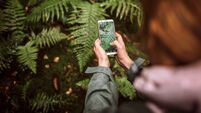Anja Murray: Now is your chance to visit great grassland sites across the island of Ireland

Goatsbeard flourishing at Tymon Park Trail site. Picture: Rosaleen Dwyer/South Dublin County Council
One of the most glorious places to me in midsummer is a flower-filled meadow:
- Wildflower meadows managed for hay are traditionally left ungrazed from spring until July, and at this time of year are brimming with vivid pinks of ragged robin alongside a haze of shimmering meadow buttercups.
- Several species of wild orchid hold their ground, working with fungal symbionts beneath the soil, their sublime flowers appearing from June to August.
- Meadow vetchling clambers up on sturdier plants with its curly tendrils and generous yellow flowers.
- Just as midsummer unfolds, tall, sweetly scented meadowsweet is bursting in to blossom.
These are just some of the wildflowers that grow amid an assortment of different types of grasses and sedges in a meadow habitat.
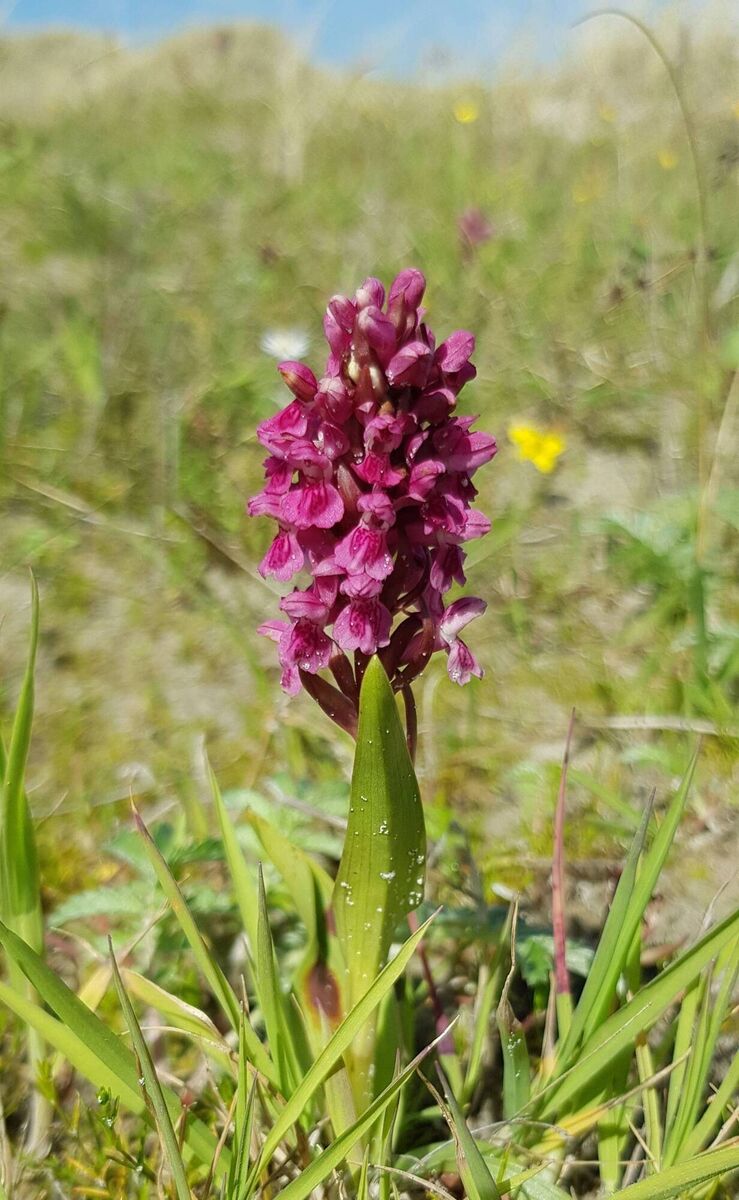
Hay meadows are a particular type of species rich semi-natural grassland habitat that have been present in Ireland for millennia, one of a multitude of different grassland types occur across the length and breadth of Ireland. Each habitat is the product of soil type, moisture levels, climate, and the history of management on that particular piece of land.
In the uplands, lightly grazed pastures on peaty soils contain a completely different assemblage of wildflowers, including, for example, the stunning yellow flower spikes of bog asphodel, purple globular flower heads of devil’s bit scabious, delicate little heath-milkwort, and a variety of colourful sphagnum mosses.
On the calcareous grasslands that occur on chalky soils and lowland plains, orchids abound, including sublime butterfly orchids, bee orchids, fly orchids and frog orchids, among others.
Whatever the assemblage of wildflowers, these are what sustain uniquely adapted communities of dependent invertebrates and nesting birds. Sensitive approaches, such as light grazing or a late harvest of hay, means that these wildflowers and their dependant creatures have space and time to complete their life-cycle, whether flowering and setting seed or nesting, egg laying and fledging young.
- Hoverflies and butterflies feed, find mates, and lay eggs among specific species.
- Grasshoppers and crickets ‘sing’ their songs to attract a mate, each species with a call as distinctive and recognisable as specific species’ bird song.
- Some species of grassland specialist ant occupy anthills where their community have been in residence for hundreds of years, sustained by the seeds produced from flowering plants.
- Solitary bees create carefully constructed nests for the next generation.
- Shimmering beetles graze on the detritus of other creatures, recycling nutrients through the ecosystem. An array of ladybird species chomp on aphids and other tiny invertebrates.
- Web-weaving spiders with shimmering yellow or green bodies hover among the shelter of tall plants.
- Hundreds of different species of night-flying moths sustain the population of bats.
- Beneath the ground, millipedes, nematodes, worms, among a plethora of other organisms, maintain the soil fertility by recycling nutrients, aerating the soil with their tunnels, and churning together mineral and organic components, all essential services for the wider community.
All of these invertebrates are what sustain healthy populations of breeding birds, from ground nesting curlew, lapwing, meadow pipit and skylark to the aerial acrobats, swallows, swifts, and house martins.
Farming and semi-natural grassland conservation go hand-in-hand. The term ‘semi-natural’ that applies to these grassland habitats refers to the fact that they exist and thrive through management interventions, typically grazing and the periodic harvesting of hay.
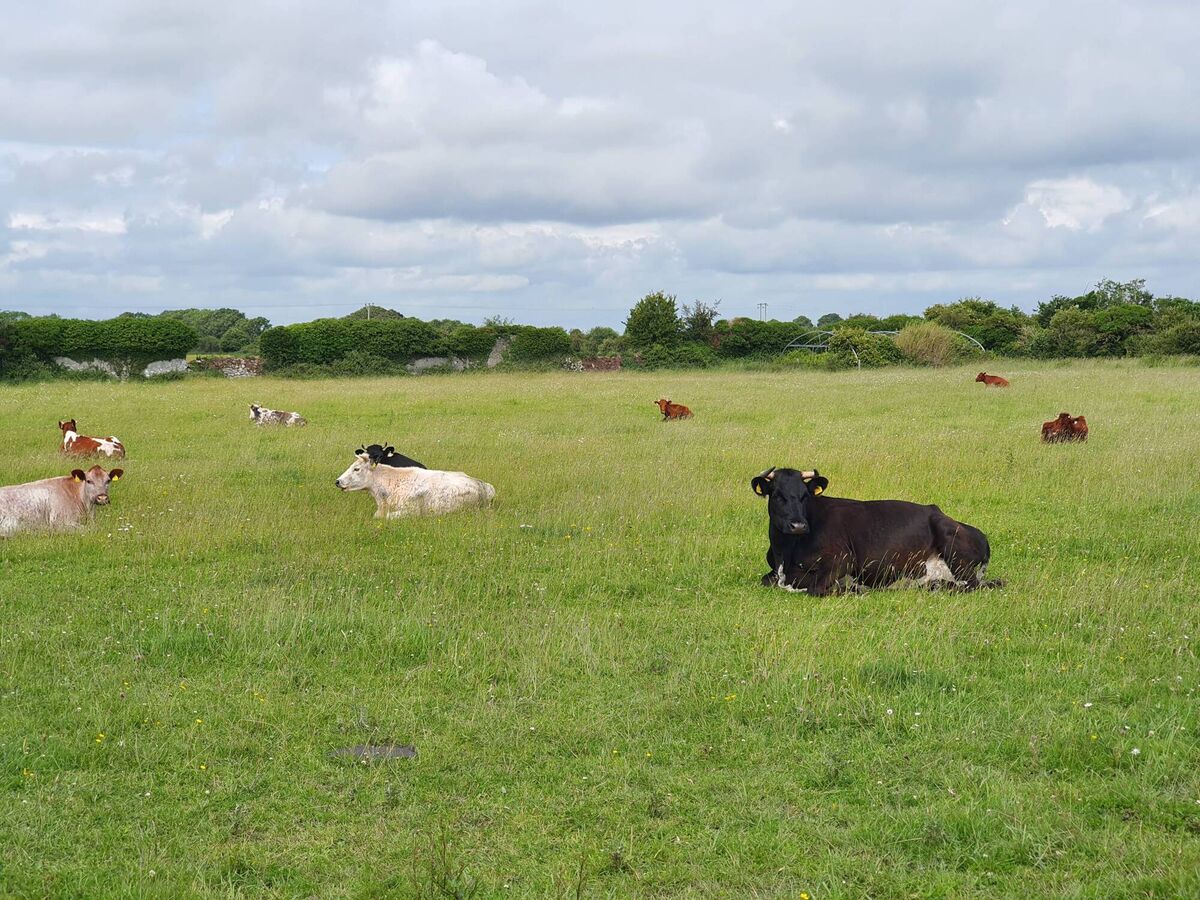
Farmers are essential for the survival of these habitats, continuity of appropriate management being essential to maintain species richness, and thus state support for ‘high nature value farming’ is a necessity. Optimal management can be achieved through area specific results-based agri-environment schemes, such as the NPWS Farm Plan Scheme, in which land parcels are scored for floral diversity each summer and payments are linked to habitat quality.
When management is intensified, many of these wildflowers and their fungal symbionts no longer survive. Higher stocking densities require the application of fertilisers, which favour more competitive types of grass that outcompete sedges and wildflowers, resulting in a dramatic reduction of plant diversity.
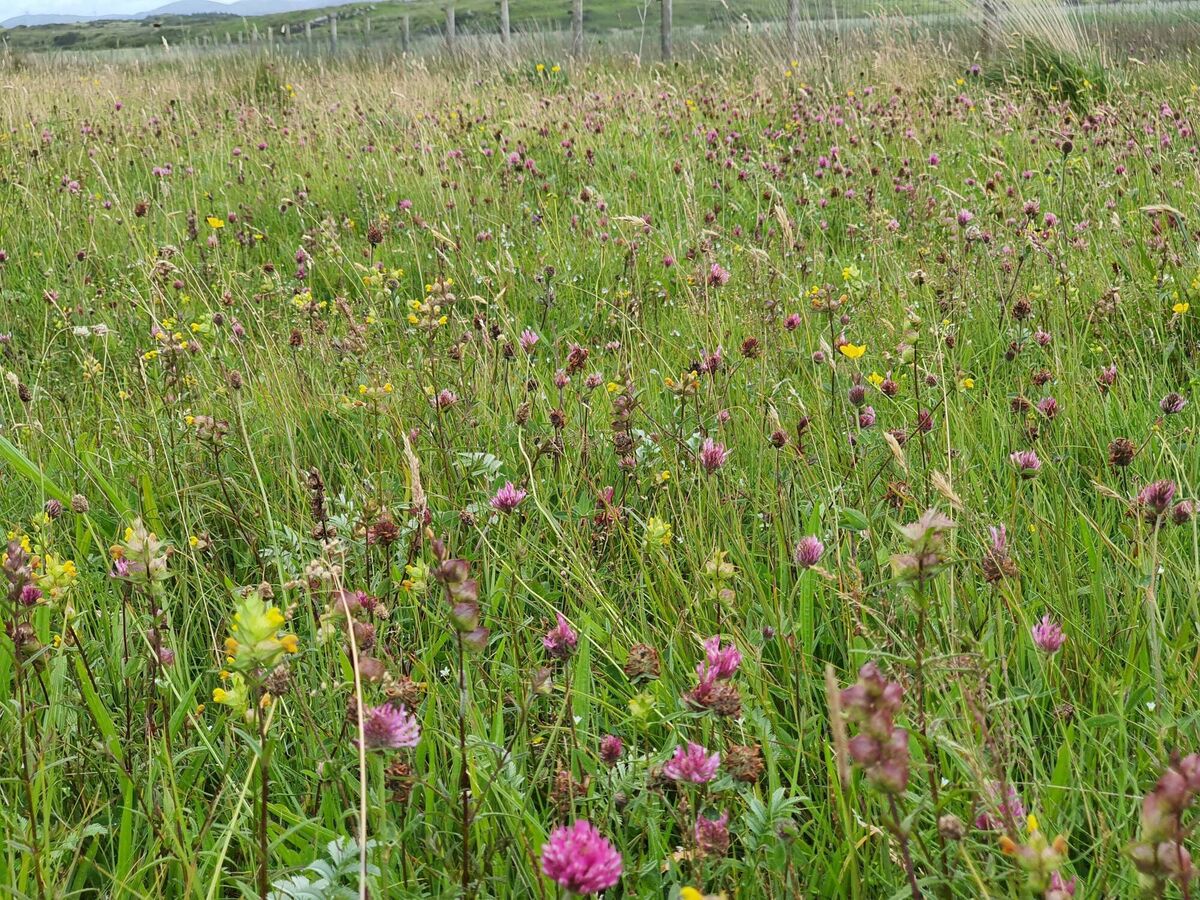
Many wildflower species also cannot cope with the elevated nutrient status that comes with repeated application of slurry of chemical fertilisers. As these grassland habitats become more homogenous and less diverse, butterflies, hoverflies, bumblebees, solitary bees, moths, beetles, and grasshoppers struggle to survive.
Intensification of grassland management is one of the major contributing factors to why more than half of Ireland’s wild bee species have undergone substantial declines over the past decade, with the bee species most associated with grassland habitats especially impacted. Recent alarming declines in many butterfly species are also associated with intensification of agricultural practices, with grassland butterfly species having suffered more dramatically than most.
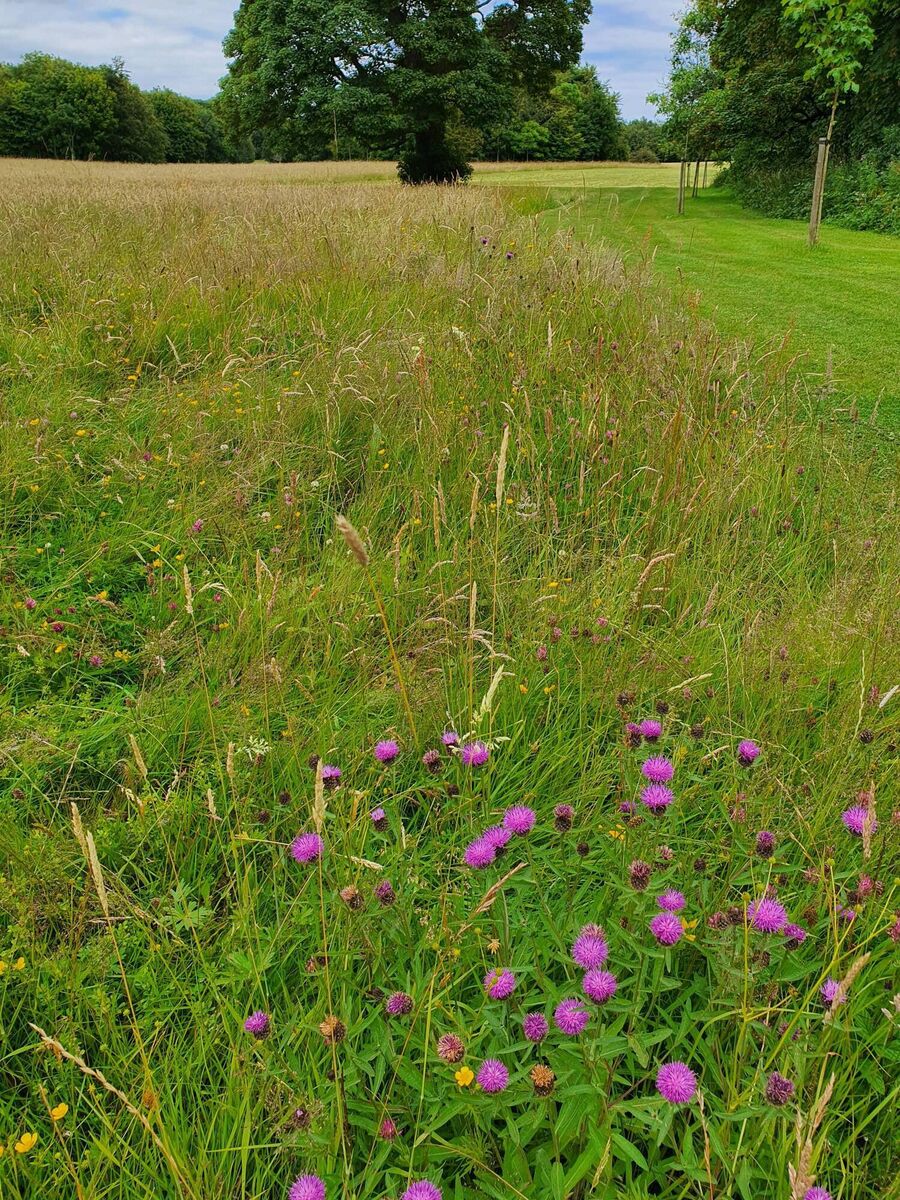
Many species of insectivorous birds are hit hard too, unable to find sufficient invertebrates to sustain them and their young. The collapse of many of Ireland’s most cherished farmland birds in recent decades, including curlew, lapwing, meadow pipit, skylark and swallows, is one of the consequences of intensification and changing land use, including the boom in dairy outputs that have contributed to such strong export markets.
At the other end of the spectrum is the problem of abandonment, where high nature value farming practices are no longer profitable and thus management, whether grazing or hay making, ceases altogether.
The hidden price we all pay is the loss of rich communities of wild plants and animals, an iconic aspect of Irelands farming heritage that is rarely recognised as such. Some of Ireland’s most valuable semi-natural grasslands have declined in range by 30%, and are now among Ireland’s most threatened habitats.
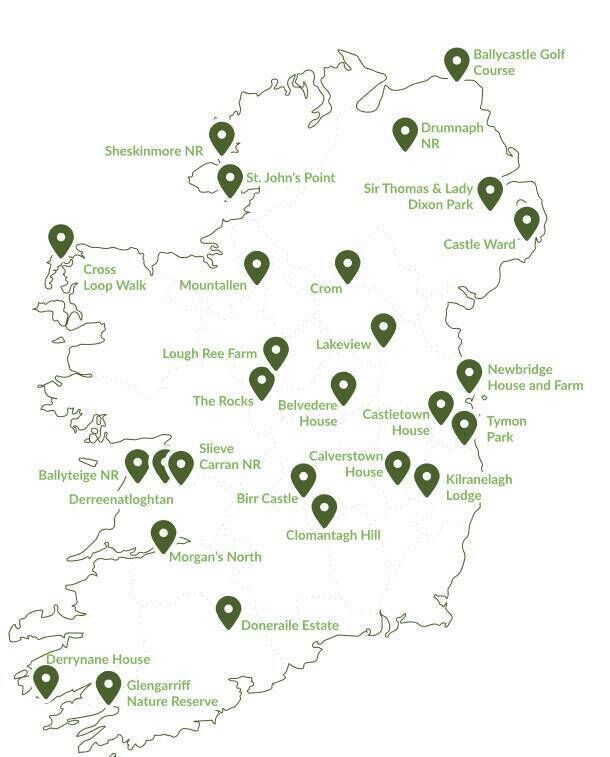
To celebrate Ireland's rich grassland heritage and inform the wider public about what exactly is at stake if action is not taken, ‘The Grasslands Trail’ is a network of grassland sites all across the island of Ireland where visitors can experience some of the delights of these under-appreciated habitats.
The ‘Grasslands Trail’ has just been expanded from nine sites to 27 sites, spanning Ireland’s most ecologically significant grassland types.
A new booklet also aims to equip farmers and other landowners, gardeners, local authorities, community groups, and the wider public with the knowledge to both enjoy and help protect and restore nature-rich grassland habitats.
- To discover a grassland site near you where visitors are welcome, download the booklet here







